The patient, Mrs. NTT (1958), was prescribed erythromycin, an antibiotic commonly used in respiratory and skin infections. However, after about 3 days of using the drug, the patient began to develop widespread skin lesions all over her body, with many areas of peeling, ulceration, and torn epidermis, typical signs of Lyell syndrome.
After that, the patient was treated at two medical facilities, but his condition did not improve and continued to worsen. Due to the serious progression, doctors invited an inter-hospital consultation with Military Hospital 175 (HCMC).
Lieutenant Colonel, BSCK2 Than Van Hung, Deputy Head of the Department of Burns - Plastic Surgery, Military Hospital 175 directly visited the patient and assessed that this was a very serious case, with a risk of death of up to 50%, requiring transfer to a specialized unit for burns and skin lesions. Immediately after the consultation, the patient was admitted and transferred to the Department of Burns - Plastic Surgery, Military Hospital 175 to implement a specialized treatment regimen.
At the time of admission, the patient had injuries almost all over his body (about 92%), with many peeling and erosive patches, blisters, and progressive epidermal necrosis, especially severe in pressure areas such as the back and buttocks. The patient was in a lot of pain, unable to sit up, and had symptoms of severe infection and poisoning.
Doctors immediately implemented an aggressive treatment regimen, combining resuscitation, broad-spectrum antibiotics, immunosuppressants, intravenous nutrition, wound care, and daily dressing changes. Because the injury covered almost the entire body, each dressing change took nearly 2 hours, requiring 5-6 staff members to work together continuously, requiring high technical skills and strict infection control.
Dr. Than Van Hung said: “This is a very serious case, with a high risk of death, requiring intensive treatment in the first week to overcome the critical stage. Lyell syndrome causes the skin to completely lose its protective function, making it susceptible to infection and immune disorders, especially in patients with many underlying diseases. Such cases are a battle to stay alive.”
After 10 days of treatment, the patient began to improve: fever and pain decreased, and the affected skin area began to shrink. On June 4, the patient was discharged in a stable condition, with the affected area remaining at 10%, and he was able to walk lightly.
Lyell's syndrome (TEN - Toxic Epidermal Necrolysis) is a severe hypersensitivity reaction to drugs, causing epidermal necrosis and total body peeling. This is a rare disease, but has a very high risk of death if not treated promptly, especially in the elderly or those with many underlying diseases.
Minh Trang
Source: https://baophapluat.vn/cuu-song-nguoi-phu-nu-mac-benh-hiem-nguy-co-tu-vong-cao-post551293.html


![[Photo] General Secretary To Lam works with Lam Dong, Binh Thuan and Dak Nong provinces](https://vphoto.vietnam.vn/thumb/1200x675/vietnam/resource/IMAGE/2025/6/11/c3e736d90cda4fe78f96c9bfb68d4e0b)





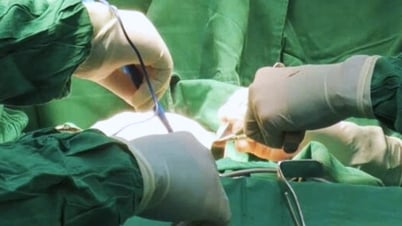


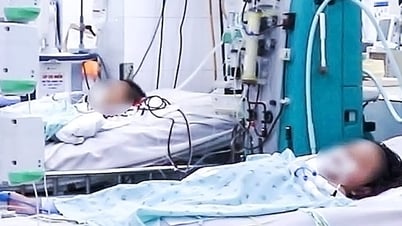



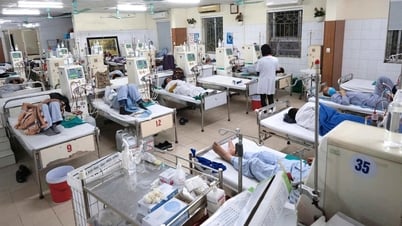























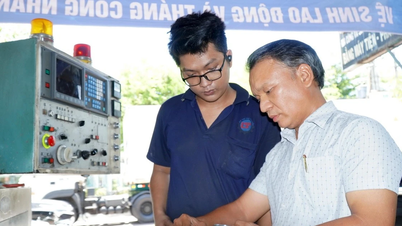
































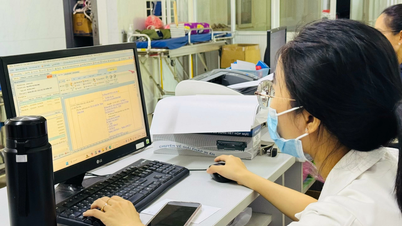


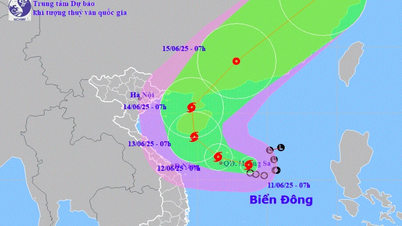
![[Hot] Official benchmark scores for admission to 19 high schools for the 2025-2026 school year in Dong Nai](https://vphoto.vietnam.vn/thumb/402x226/vietnam/resource/IMAGE/2025/6/11/c0650160bf9648ca94cb3d3a8b460a08)
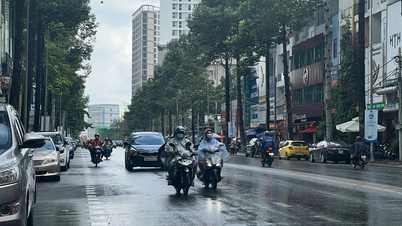


















Comment (0)